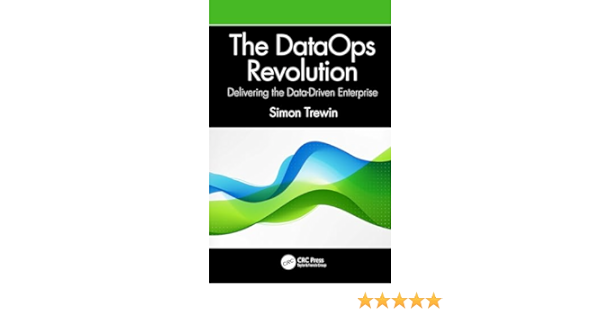Navigating the Digital Transformation Landscape in Asset Management: A Leadership Guide
In the fast-evolving landscape of industrial operations, the integration of digital technologies has become paramount for achieving optimal efficiency and cost savings. When it comes to asset management, organizations are increasingly recognizing the need for a digital transformation journey to stay ahead in the competitive business arena. The question arises: How do you gauge your organization’s readiness for digital transformation in the context of asset management? Understanding Digital Transformation in Asset Management Digital transformation in asset management goes beyond the implementation of technology; it involves a holistic shift in the way organizations operate and derive value from their assets. It encompasses adopting advanced technologies, leveraging data analytics, and re imagining traditional processes to enhance overall efficiency and decision-making. Assessing Readiness: The Crucial Step To embark on a successful digital transformation journey in asset management, organizations must first assess their readiness. This involves evaluating current practices, technological infrastructure, and the organizational culture to identify strengths, weaknesses, opportunities, and potential roadblocks. Key Indicators of Digital Transformation Readiness 1. Technological Infrastructure: Evaluate the existing technology stack and its compatibility with digital solutions. Assess the scalability and flexibility of current systems to accommodate new technologies seamlessly. Identify any gaps in technology that may hinder the integration of a comprehensive asset management solution. 2. Data Accessibility and Quality: Examine the availability and quality of data crucial for asset management. Ensure data is accessible in real-time and is of high quality, as it forms the backbone of effective decision-making. Address any data governance issues that might impede the success of a digital transformation initiative. 3. Cultural Alignment: Gauge the organization’s openness to change and its ability to adapt to new technologies. Assess the level of digital literacy among employees and leadership. Foster a culture that values innovation and continuous improvement. 4. Leadership Commitment: Evaluate the commitment of organizational leadership to digital transformation. Ensure that leaders understand the long-term benefits and are willing to invest in the necessary resources. Align leadership strategies with the broader goals of asset performance improvement and cost savings. Sharing Insights: Joining the Conversation As we navigate through the complexities of digital transformation readiness, it’s imperative to share insights and experiences. The Dexcent Industrial Asset Management Program (iAMP) recognizes the significance of collaborative learning. By engaging in discussions about digital transformation, we can collectively uncover valuable strategies and lessons learned. Our Question to you: How do you gauge your organization’s readiness for digital transformation in the context of asset management? Share your organization’s experiences, challenges, and success stories with us so that we can start the conversation. What strategies have proven effective in assessing and enhancing digital readiness? Your insights could provide invaluable guidance to peers navigating similar journeys. Marketer’s Note: The hashtag #LeadershipInsights encapsulates the spirit of our collective journey. Leaders in asset management are at the forefront of driving digital transformation, and your experiences can inspire and guide others in the industry. #AssetManagement #Efficiency #DigitalTransformation #BusinessOptimization #Dexcent #LeadershipInsights
Navigating the Digital Transformation Landscape in Asset Management: A Leadership Guide Read More »











